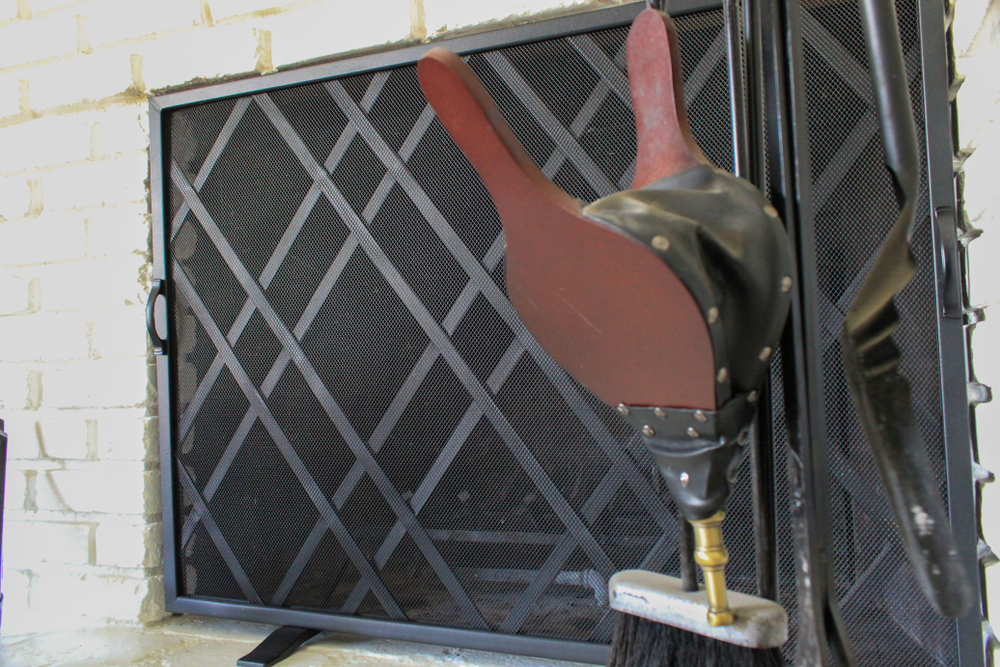Fireplaces are often used for major warmth needs in addition to their fantastic aesthetics, and there are a few fireplace components that will play a role here. One of these that’s very important to understand and maintain: Fireplace blowers, also known as fireplace fans.
At Comfort Solutions Fireplace, we’re proud to offer a wide variety of both traditional and modern fireplaces, from wood-burning options to gas, electric and more. Blowers and fans are utilized in many of our models, and we’re happy to discuss the precise details here with clients so they understand what they’re getting. What are fireplace blowers, how do they work, and what else do you need to know about them for your fireplace? This two-part blog series will go over a number of themes.
Fireplace Blower Basics
As we alluded to above, a fireplace blower refers to a type of fan that will be mounted, either on the outside of the fireplace or within the unit, but still outside the actual firebox. The primary purpose of the blower is to circulate air around the firebox and into the room – this helps maximize heat output and keep the area around the fireplace warm.
In most cases, a blower will be included as part of the purchase of a new fireplace, though it’s worth checking to make sure if you’re considering an older model. One of the best parts about fireplace blowers: They don’t increase the fireplace’s actual BTU output at all, instead relying on physics to help heat the air. So, if you’re looking for a way to boost your fireplace’s warmth without doing any upgrades, adding a blower is definitely the way to go!
How Do They Work?
Now that we know what they are and what they do, let’s take a look at how fireplace blowers work. The process begins by the blower pulling air from the room it’s in, then forcing it through a channel that runs alongside the firebox. The air then enters the firebox itself, where it’s warmed by the flames and exits out the top of the unit.
Once the air is heated, it’s forced back into the room through two main channels: One above the fireplace that distributes heat evenly around the room, and one below that helps prevent cold drafts from coming into the room. The blower will continue to cycle air through the fireplace, providing a steady stream of warmth to the room.
As this continues to happen, previously heated air gets replaced by new, colder air, so it’s important to make sure your fireplace blower is functioning properly at all times. If you’re not seeing the results you expect in terms of warmth, it might be time for a tune-up.
In part two of our series, we’ll go over some additional themes — fireplace blower noise levels, whether you can add a blower to an existing fireplace, and whether your fireplace really needs a blower at all.
For more on this, or to learn about any of our fireplace options, speak to the team at Comfort Solutions Fireplace today.


